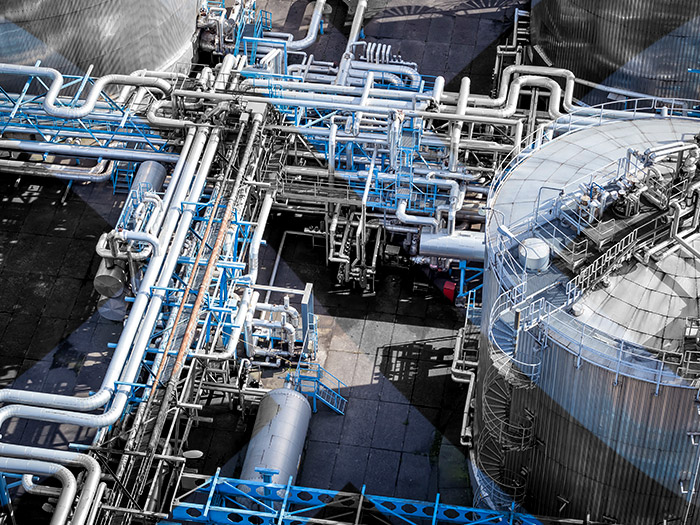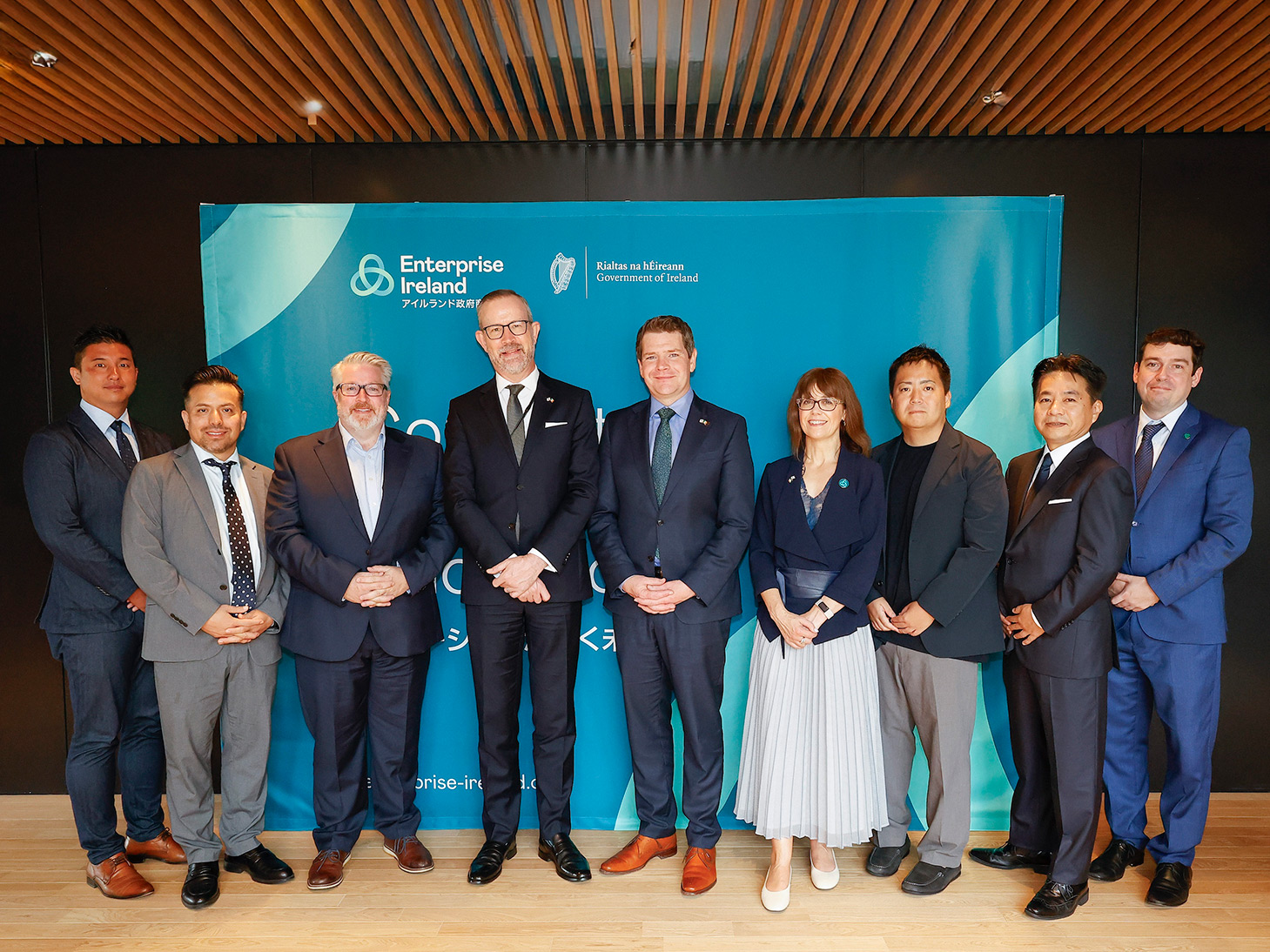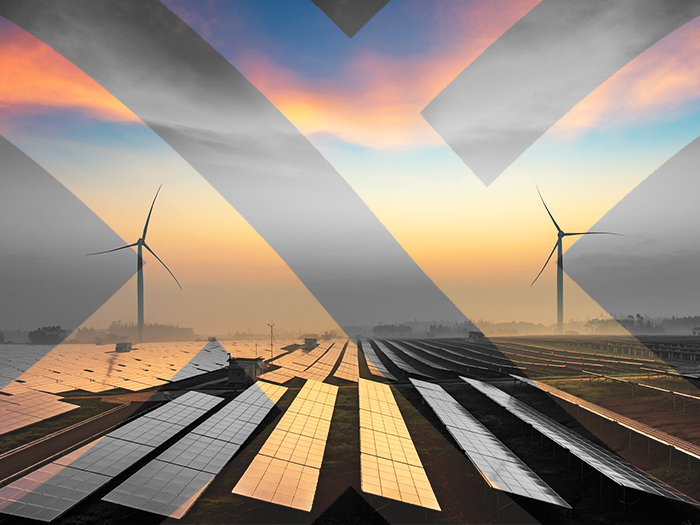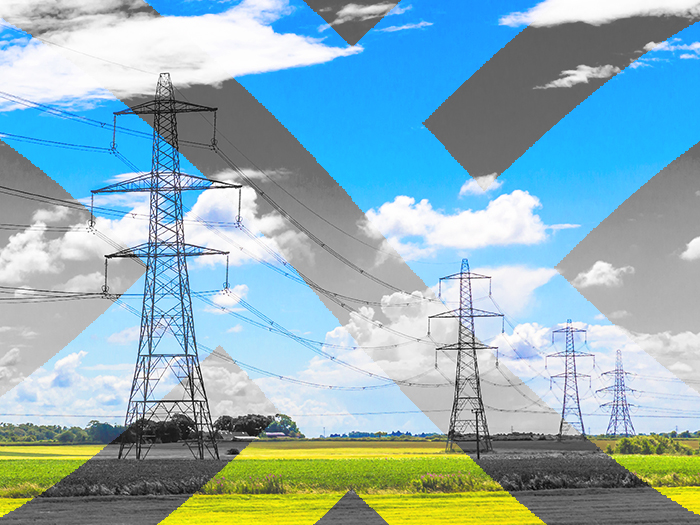
Insights
better business decisions
Posted 3 years ago | 8 minute read
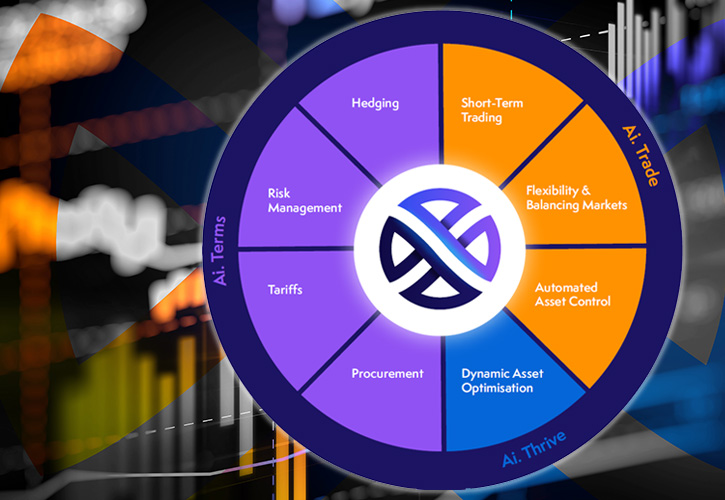
Energy procurement for decarbonisation
Large energy buyers play an important role in the clean energy transition. But they will need to go further and expand their approaches to clean energy procurement and demand flexibility.
Large buyers can undertake advanced forms of procurement and practices. Matching clean energy purchasing with the timing of their energy use, incorporating demand flexibility, purchasing dispatchable clean electricity, adopting enabling technologies (such as energy storage), maximizing emissions reductions, reducing costs and driving the transition to clean energy.
In a report, published earlier this year, the World Resources Institute (WRI) outlined the importance of large energy buyers in reaching net zero and urged them to focus on how, when, and where they are procuring and using energy.
The report highlighted the efforts of companies including Google; Microsoft; Apple; and cities including Des Moines and Sacramento to alter their procurement practices with a focus on firm resources, reducing near-term emissions reductions, or enabling battery storage and carbon capture. It outlined a number of procurement strategies, which it said could support efforts to decarbonise the sector.
Time-coincident renewable procurement
Time-coincident renewable procurement is the practice of purchasing clean energy that aligns with an individual buyer’s load on an hourly basis and in the local grid. But the WRI noted that there are various levels of sophistication.
- Time-based matching: where buyers establish a target to meet a fraction or all of their load with clean energy sources on an hourly basis. The most ambitious form of time-coincident procurement is 24/7 matching, where clean energy portfolios are matched to buyer load every hour of the year.
- Load shifting: Where buyers reshape load profiles, often using thermal or battery storage, to align demand with clean energy availability.
- Firm, dispatchable clean energy or storage: Buyers can achieve time coincidence by buying more output from firm clean energy resources whose generation profiles align with buyer load profiles or use energy storage to save and dispatch energy when needed.
- Market-based instruments and verification: Buyers can achieve time coincidence by participating in emerging market-based programs that can help verify time-based transactions.
Time-coincident procurement may involve additional costs, particularly at higher matching percentages, that may need to be weighed against other strategies considering grid needs.
Challenges also exist regarding development and issuing of hourly certificates or a different tracking and verification instrument for hourly accounting, interactions among hourly certificates and other instruments, and the availability and credibility of hourly data. Scope 2 emissions accounting does not provide an incentive for buyers to do time-matching as reporting and claims protocols (such as the Greenhouse Gas Protocol) allow buyers to simply report matching annual consumption with annual clean energy purchasing.
Demand flexibility
While not strictly a renewable procurement action it does speak to enhanced corporate responsibility, demand flexibility refers to the inherent ability of certain loads to be shifted in response to economic, grid or environmental objectives.
- Temporal load flexibility: Large buyers can shift certain loads to better align with the carbon intensity of the electricity grid or based on the availability of renewable energy.
- Geographic/spatial load flexibility: Some buyer activities can be geographically shifted from one location to another to take advantage of different grid conditions.
- EV charging: Buyers can identify strategic fleet charging strategies that maximize the use of clean energy while minimizing charging costs. Buyers with EV fleets could strategically charge vehicles at specific locations with on-site clean energy. Buyers could also use vehicle-to-grid technology to provide grid services using EV batteries, which could help with renewables integration.
- Building electrification: Buyers can electrify certain building functions currently powered by fossil fuels, such as space and water heating, which can be served by clean energy and managed and controlled to use electricity at preferred times, including times with abundant clean energy. These electric loads can be integrated into clean energy procurement strategies.
- Demand response and demand-side services: Buyers can enrol in demand response programs and often receive revenues for reducing their energy demand during peak periods of demand and undersupply on the grid. Alternatively, buyers can bid demand-side services into utility programs or wholesale energy markets.
Existing regulatory and market structures may undervalue demand-side services. Electricity rate structures, particularly among smaller buyers, often provide only weak incentives for demand flexibility. A Further, various economic and market factors pose barriers to wholesale market access for demand-side measures.
Firm clean procurement
In contrast to variable clean energy generation, “firm,” or “dispatchable,” resources can generate electricity on demand as needed. Firm clean energy technologies include some forms of hydropower, geothermal, and biomass resources.
- Project development: Some firm clean energy technologies can already be cost-effectively deployed. For instance, large buyers could procure energy from hydropower projects that utilize existing impoundments and meet low-impact hydropower standards.
- Alternative contracts: The contract structures developed for variable clean energy (e.g., wind and solar) do not necessarily incentivise firm clean energy development. Large buyers can explore contract structures designed for firm resources, such as contracts based on available capacity rather than delivered energy, as a means to drive a voluntary market for firm clean energy.
- Pilot projects: Some emerging clean energy technologies would benefit from pilot demonstrations. Buyers could invest in such projects to support the demonstration and scaling of emerging clean energy technologies.
- Advanced market commitments: Buyers could support the commercialisation of emerging technologies by committing to purchase the future output of firm clean energy technologies or signalling their willingness to do so.
Firm clean energy technologies can cost more per unit of energy than variable clean energy options such as solar and wind. Much of the easily accessible hydropower and geothermal resources have already been tapped in developed countries. However, there can be opportunities for development at some existing projects and for enhanced geothermal technologies that are less geographically constrained. Transaction structures for newer technologies are also less mature than transaction such as power purchase agreements for established technologies such as wind and solar.
Emissions-Based Procurement
Buyers can factor emissions abatement potential directly into their procurement decisions and prioritization of projects. In considering emissions abatement potential, buyers have three primary levers:
- Strategic operation: Buyers could operate renewable energy or storage projects to maximize clean energy output during emissions-intensive times of day and seasons.
- Strategic siting: Buyers can prioritize potentially more impactful from an emissions perspective renewable projects in emissions-intensive grid locations. However, the downside of this approach is that it may not align with the location of their loads, which can prohibit time-coincident purchasing and shift integration challenges to other regions.
- Technology choice: Buyers can choose clean energy technologies (e.g., wind versus solar, firm versus variable energy) based on correlations among output profiles and grid emissions intensity.
Balancing abatement potential with other procurement factors (e.g., time coincidence) may be challenging. Emissions-based procurement could be evaluated on the marginal emissions displaced by clean energy generators. However, marginal emissions data are not often disclosed by grid operators, forcing buyers to rely on predictive modelling or accessible proxy measures.
Enabling technologies
Large-scale grid transformation will require rapid increases in clean energy generation supported by enabling technologies such as energy storage, load controls, electrification of buildings and vehicles, or carbon capture. Large energy buyers can drive grid transformation by incorporating these enabling technologies into their portfolios.
Relatively high up-front costs remain the primary barrier to energy storage, though costs are falling rapidly. Existing wholesale market rules generally undervalue energy storage by limiting the services that batteries can bid into wholesale markets, although recent market reforms have begun to address these barriers.
GridBeyond CEO & Co-Founder Michael Phelan, said:
“To enable transformative clean energy procurement practices, the right incentive and reward structures must be present to encourage buyers to undertake advanced procurement measures, particularly given that they can be more complex or possibly more expensive than common forms of procurement today.
“New product offerings from utilities and suppliers will also be needed, including those that address time-coincident procurement, or products that include a broader mix of carbon-free or enabling technologies. In designing new products and services, the incentives offered to the customers providing these services should reflect the value of any grid benefits and increased resiliency that can accrue to utilities, grid operators, or other market participants.”
Conclusion
At GridBeyond, we use AI and advanced technology to change the way businesses procure and use energy. By putting control into their hands, we empower energy consumers to intelligently control and optimise their energy strategy and create new value on their side of the meter.
How? Using our technology.
Ai. Trade doesn’t require your business to provide complex transactive services for grid operators and risk compromising performance. Instead, it treats flexibility within the context of comfort, cost and carbon management, and uses predictive and big data to give energy managers the confidence and transparency they need to flexibly dispatch their energy assets.
Ai. Trade is part of our family of AI-powered innovations.
Our Ai. Services (Ai. Terms, Ai Trade and Ai. Thrive) make it easier than ever to reduce energy costs, cut carbon, improve the performance of your assets and gain new revenue streams while supporting the integration of green energy onto the grid.
With live data, analytics and automated insights, our Ai. Platform becomes the nerve centre for real time optimisation of your energy strategy, helping you transform your energy into opportunity.
